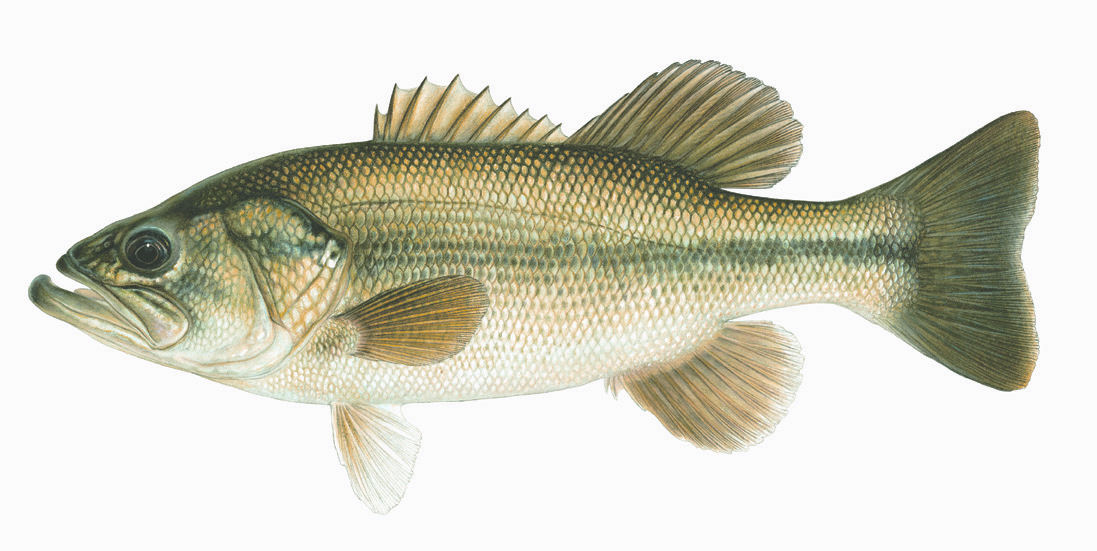Family: Centrarchidae
Scientific names: Micropterus salmoides
Common names: Largemouth bass, black bass, California bass (in Asia)
Chinese name: 大口黑鱸 (da kou hei lu, “largemouth black bass”)
Habitat: Freshwater lakes, ponds, reservoirs, large and medium rivers, canals
Size range: Up to 75cm, though adults over 40cm range would be considered large in Taiwan.
 While considered the king of freshwater game fish in North America, largemouth bass fishing has not been pursued with quite the same level of enthusiasm in Taiwan. The species was introduced to the island through the aquaculture industry. Live bass can often be purchased as some of Taiwan’s larger supermarket chains. It should, therefore, come as no surprise that, whether as fish farm escapees and/or fish planted by anglers themselves, the species eventually established healthy populations in local waters.
While considered the king of freshwater game fish in North America, largemouth bass fishing has not been pursued with quite the same level of enthusiasm in Taiwan. The species was introduced to the island through the aquaculture industry. Live bass can often be purchased as some of Taiwan’s larger supermarket chains. It should, therefore, come as no surprise that, whether as fish farm escapees and/or fish planted by anglers themselves, the species eventually established healthy populations in local waters.
Today a growing number of Taiwanese anglers are catching “bass fever,” a fact reflected in the volume of bass-appropriate tackle showing up in local fishing retail chains. Many pay-to-fish ponds are now stocking largemouth bass to meet angler demand.
Taiwan’s (mostly) warm subtropical climate is similar to that of the southern U.S. were this species of bass flourishes, which explains why it has been successful as an invasive species. While many anglers may assume the warmer southern end of the island is the heart of Taiwan’s bass territory, this is not necessarily true. To be sure, there are plenty of bass to be found in the ponds, lakes and reservoirs of Tainan, Kaohsiung, and Chiayi counties, however Hsinchu and Taoyuan counties in the north also support healthy bass populations, as well. In fact, many of the ponds downstream from Shihmen Reservoir in and around the towns of Dasi and Longtan as well as the Taoyuan plain hold bass.
Largemouths are happiest in clean and fairly well-oxygenated water, and are not as tolerant of pollution and stagnation as tilapia or snakehead, with which they often share habitat. They tend to favor water with plenty of cover (aquatic plants) or submerged structures. Largemouth bass are more tolerant to variations in temperature than some other non-native species, tilapia and peacock bass in particular, allowing them to survive sudden winter temperature drops that can claim the aforementioned species.
Most anglers rely on artificial baits to stalk bass—plastic worms, crankbaits, swimbaits, spinnerbaits, etc. Matching lures to the available local forage is always a good idea and largemouth bass have been known to feed voraciously on juvenile tilapia. Bass strike hard and are strong fighters known for their acrobatic leaps.
Adult bass begin to spawn in late winter to early spring as water temperatures reach 15˚ C. Females build concave nests in 1.5 to 2.5 meters of water, which they will guard aggressively.